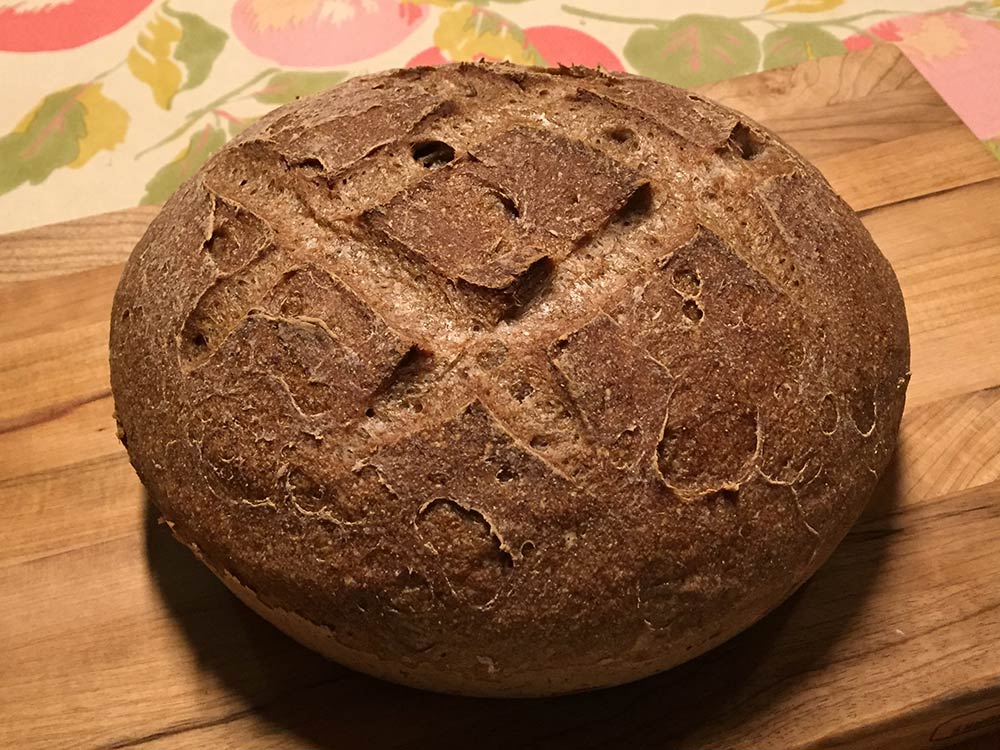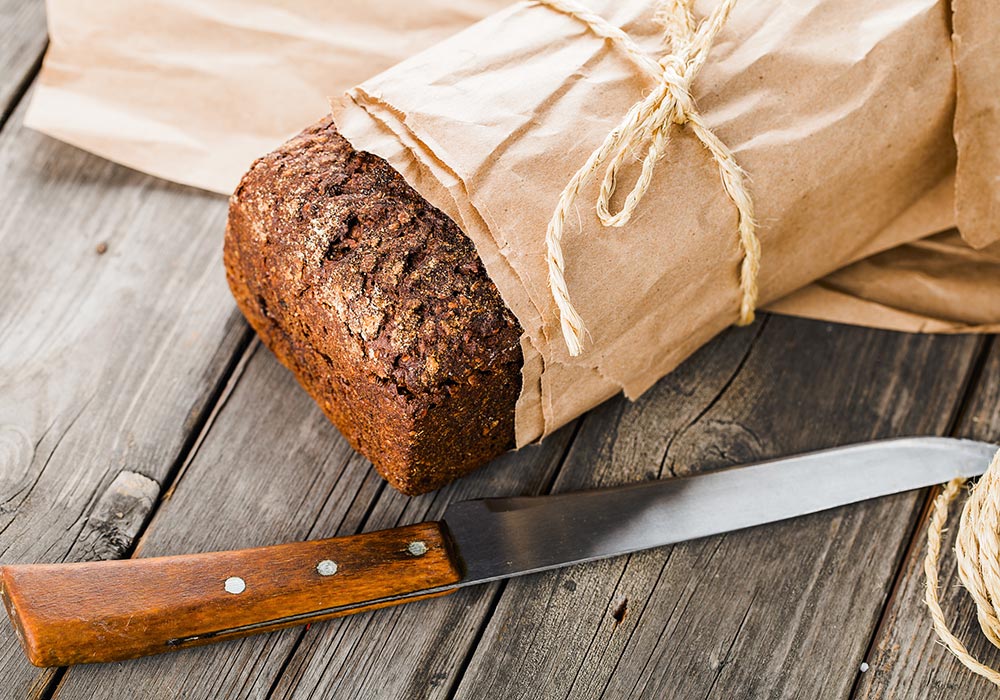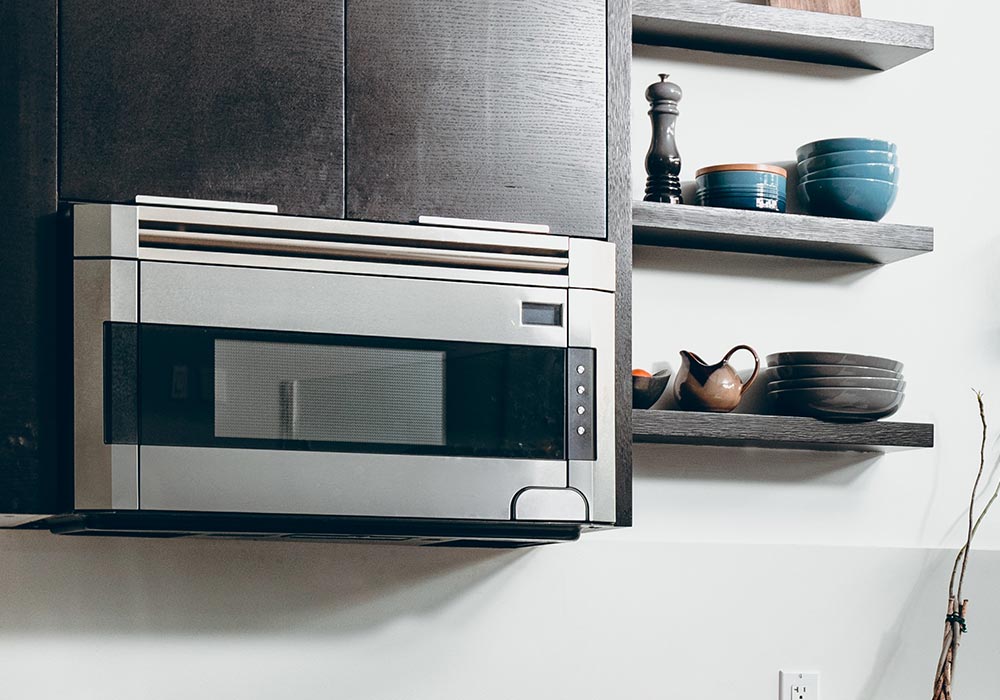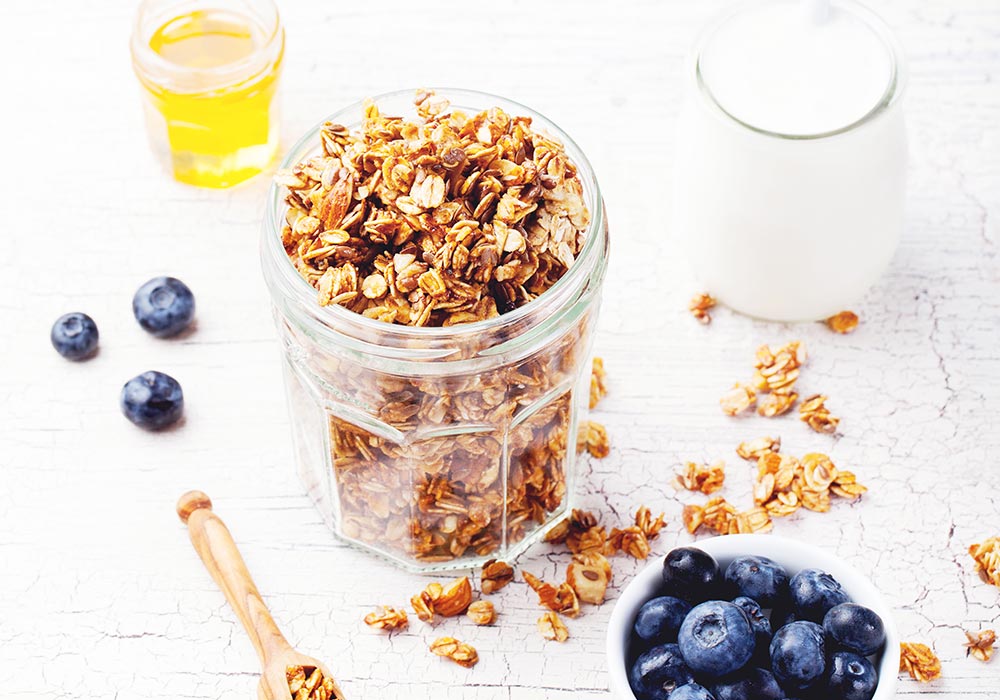
Obtain a gluten-free sourdough starter (buy i.e. at Natural Grocers).
Set up starter according to instructions.
When you have an active starter, mix these dry ingredients:
130g Plaintain flour (JEB foods online)
130g Cassava flour (Otto’s is available at Market of Choice, Natural Grocers, etc)
130g Organic potato starch
20g Psyllium husk
10g Fine pink salt
Take about 100g of the active starter (I take a large tbsp from the active starter and put it in a mug, add 1 tbsp flour and enough warm water to make it a very thick but moist consistency, let it sit on the counter for a few hours until it doubled. I feed the rest of the starter and leave it in fridge for next time, it will double within 24hrs).
Dissolve starter in 450ml warm water.
Add to dry ingredients and mix for 12 min.
Form a round loaf and put it in a bowl with a tight lid, I use a stainless steel bowl with a lid.
Turn on oven light but no heat and let rise for 4+ hours, I sometimes leave overnight.
Take bowl out of oven.
Use a glass bowl with lid to bake the bread.
Turn on oven to 482 degrees (translation from German temps.)
When temp is reached, take glass bowl out, carefully shape dough to fit, and insert into bowl (careful, very hot). Close lid, bake for 35 min.
Remove lid, bake for another 30min. I add a baking dish with water to keep the interior of the oven moist.
Take out of oven, take bread out of bowl, let cool on a rag.
ENJOY!









Recent Comments